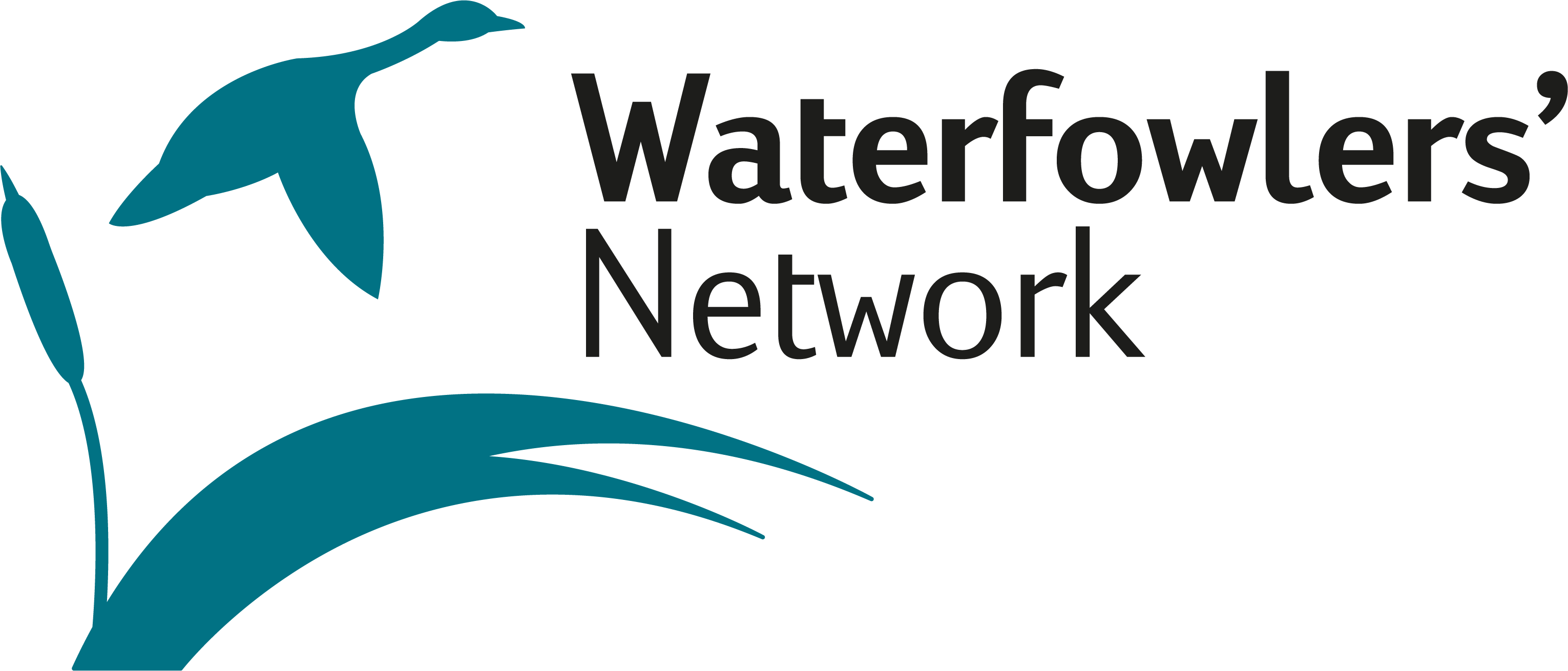Why do we need more water in the Land of the Thousand Lakes? 12th June 2024
Wetlands with shallow water and plenty of invertebrates are ecosystems that support a wide range of species, and they are increasingly in short supply.
Text: Lene Midtgaard
Photos: Suomen riistakeskus, SOTKA-kosteikot/Petri Jauhiainen
Finland has about 188,000 lakes, which together make up almost 10% of Finland's total land area. One might therefore think that Finland must be a veritable paradise for waterfowl, but water is not just water, and a lake is not just a lake when it comes to functioning as a habitat.
Declining populations
As in many other countries, Finland is experiencing declines in several populations of waterfowl—both huntable and non-huntable species. One of the reasons for this is declining breeding success. Naturally, this is a problem for Finnish waterfowl, but it is actually also a problem for other European countries, as Finland is a breeding ground for many of the species that migrate to the rest of Europe during the autumn.
Breeding success requires a habitat that meets several criteria: there must be the right kind of food and enough of it, there must be cover, and good places to establish a nest. Furthermore, a good habitat also requires safe places to rest and build up fat reserves before the migration starts in the autumn. Unfortunately, the quality of many habitats is declining, and that is a problem for the waterfowl.
Shallow seasonal and permanent wetland are in high demand among a lot of different species of waterfowl. The lack of high-quality habitat is one of the reasons of the declining waterfowl breeding success.
SOTKA
The SOTKA project, run by the Ministry of Agriculture and Forestry in Finland, aims to establish wetlands, create a network of resting areas, restore mires, and regulate predators to reverse the negative trends in waterfowl populations, which are increasingly struggling to meet their habitat requirements. The condition of wetlands has been deteriorating for a long time, with thousands of shallow, nutrient-rich bird lakes being partially or completely drained. Additionally, the discharge of nutrients from agriculture and forestry has led to the eutrophication of many wetlands. Read more about SOTKA here: https://mmm.fi/en/sotka-project
Korpinurmi seen from above. The work was finished in 2022, and the birds and other animals quickly inhabited the restored wetland.
Flyway-Level Management
If we want to improve the breeding success of migratory birds, it requires efforts at the breeding sites, and it is therefore necessary for initiatives and actions to extend beyond national borders. Several member countries of the Waterfowlers' Network have financially supported the establishment of wetlands in Finland, including the Korpinurmi wetland, where the pictures in this article are from.
Korpinumi was established in 2021 on a former peat production area, that also have been used for growing hay. The wetland was restored by SOTKA wetlands project, run by Finnish Wildlife Agency, to improve the value of the areal as a brood habitat for waterfowl. The wetland was restored by building dams and install a water level control system.
Brood habitat, resting and staging areas are important for waterfowl on the entire flyway. That’s why a flyway approach to conservation is important.
